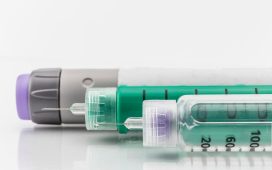Age-standardized incidence was 0.48/100,000 in 1992 to 2002 and increased to 2.71/100,000 in 2018; highest incidence seen in Blacks
THURSDAY, Feb. 17, 2022 (HealthDay News) — The incidence of Legionnaires’ disease (LD) has been on the rise for more than 15 years, with notable racial and geographic disparities, according to a study published online Feb. 16 in Emerging Infectious Diseases.
Albert E. Barskey, M.P.H., from the U.S. Centers for Disease Control and Prevention in Atlanta, and colleagues compared epidemiologic patterns associated with LD cases reported to the CDC before and during the increase, which began in 2003 after relatively stable numbers for ≥10 years.
The researchers found that during 1992 to 2002, the age-standardized average incidence was 0.48 cases per 100,000 population, compared with 2.71 cases in 2018. In nearly every demographic category, reported LD incidence increased, with larger increases seen in demographic groups with higher incidence. The largest number of cases during both periods occurred in White persons, but incidence was highest in Black or African American persons. In the East North Central, Middle Atlantic, and New England divisions, incidence and increases in incidence were generally largest. During 2003 to 2018, seasonality was more pronounced, especially in the Northeast and Midwest.
“LD incidence has risen steadily nationwide for >15 years, and the increase was associated with wider racial disparities, intensifying geographic focus, and more pronounced seasonality,” the authors write. “The geographic focus and seasonality suggest that deeper investigations into the effects of weather may further elucidate the rising incidence of LD.”
Copyright © 2021 HealthDay. All rights reserved.








